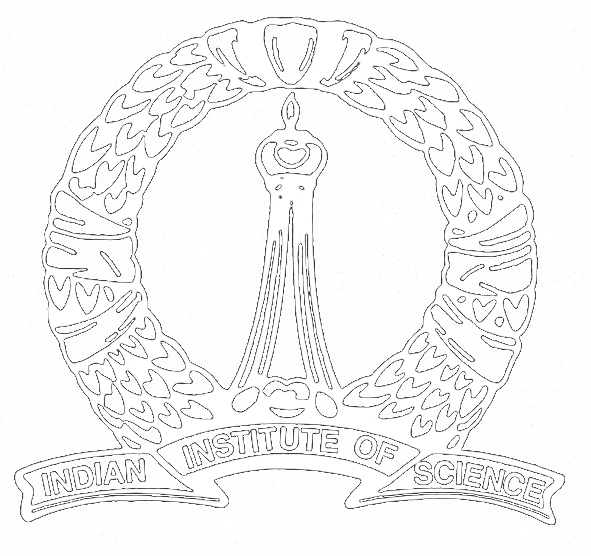PhD Thesis defence
Title: Nodal sets of random functions
Speaker: Lakshmi Priya M. E. (IISc Mathematics)
Date: 01 October 2021
Time: 4:15 pm
Venue: Microsoft Teams (online)
This thesis is devoted to the study of nodal sets of random functions. The random functions and the specific aspect of their nodal set that we study fall into two broad categories: nodal component count of Gaussian Laplace eigenfunctions and volume of the nodal set of centered stationary Gaussian processes (SGPs) on $\mathbb{R}^d$, $d \geq 1$.
Gaussian Laplace eigenfunctions: Nazarov–Sodin pioneered the study of nodal component count for Gaussian Laplace eigenfunctions; they investigated this for random spherical harmonics (RSH) on the two-dimensional sphere $S^2$ and established exponential concentration for their nodal component count. An analogous result for arithmetic random waves (ARW) on the $d$-dimensional torus $\mathbb{T}^d$, for $d \geq 2$, was established soon after by Rozenshein.
We establish concentration results for the nodal component count in the following three instances: monochromatic random waves (MRW) on growing Euclidean balls in $\R^2$; RSH and ARW, on geodesic balls whose radius is slightly larger than the Planck scale, in $S^2$ and $\mathbb{T}^2$ respectively. While the works of Nazarov–Sodin heavily inspire our results and their proofs, some effort and a subtler treatment are required to adapt and execute their ideas in our situation.
Stationary Gaussian processes: The study of the volume of nodal sets of centered SGPs on $\mathbb{R}^d$ is classical; starting with Kac and Rice’s works, several studies were devoted to understanding the nodal volume of Gaussian processes. When $d = 1$, under somewhat strong regularity assumptions on the spectral measure, the following results were established for the zero count on growing intervals: variance asymptotics, central limit theorem and exponential concentration.
For smooth centered SGPs on $\mathbb{R}^d$, we study the unlikely event of overcrowding of the nodal set in a region; this is the event that the volume of the nodal set in a region is much larger than its expected value. Under some mild assumptions on the spectral measure, we obtain estimates for probability of the overcrowding event. We first obtain overcrowding estimates for the zero count of SGPs on $\mathbb{R}$, we then deal with the overcrowding question in higher dimensions in the following way. Crofton’s formula gives the nodal set’s volume in terms of the number of intersections of the nodal set with all lines in $\mathbb{R}^d$. We discretize this formula to get a more workable version of it and, in a sense, reduce this higher dimensional overcrowding problem to the one-dimensional case.
- All seminars.
- Seminars for 2021
